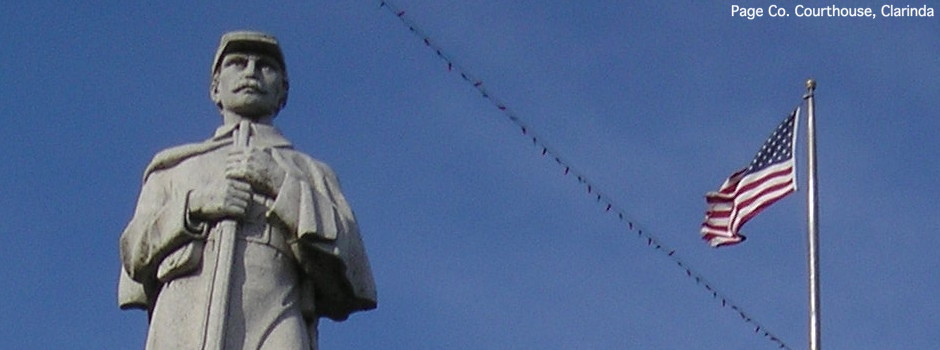
via Library of Congress
It is true that President James K. Polk’s diary on December 28, 1846, ended with “Nothing of much interest occurred to day”. However, through the Library of Congress, we know that wasn’t the entire entry. Polk, like many presidents of the time, had much of his time taken up with office-seekers or, as seen above, visitors “with the business of seeking offices for their friends.” This was before President Garfield’s assassination led to civil service reform.
Iowa was supposed to have been admitted to the Union nearly two years earlier, as the free-state counterpart to Florida. However, the original Enabling Act of March 3, 1845, did not delineate Iowa’s border as it is today. Instead, it used the proposal that extended into southern Minnesota but also lopped off the western third of the state. See my “Iowa’s northern and western borders” history page. The “Land Between Two Rivers” was established by Congress August 4, 1846, and then the Act of Admission was signed December 28:
That the State of Iowa shall be one, and is hereby declared to be one, of the United States of America, and admitted into the Union on an equal footing with the original States in all respects whatsoever.
But for President Polk it was just another day at the office.
